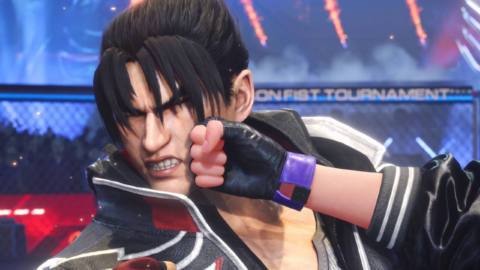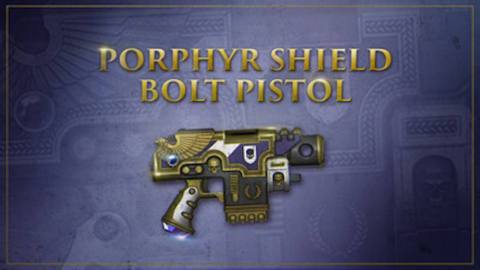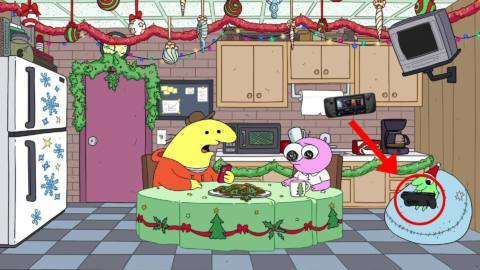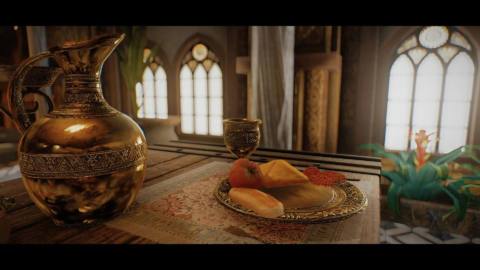It's been two weeks since The Final Shape's release, and I'm spoiled for choice. Loading into the new Pale Heart destination, my map is filled with icons all fighting for attention. I could go exploring, hunting down Visions of the Traveler—hidden collectibles that give progress towards the exotic version of the Khvostov auto rifle. I could run a Cyst activity to collect more of the item needed to unlock the last few Fragments of the new Prismatic subclass. Or I could matchmake into Overthrow, the new patrol event. Completing it gives another drop of the exotic sword Ergo Sum, which randomly rolls perks taken from other exotic weapons. I really want a version with Wolfpack Rounds—essentially a Gjallarhorn, but for swords.
Instead I pick up one of the post-campaign quests from Micah-10 to track down a lost Ghost somewhere else in the system. Sure, the Ascendant Shards it drops will be handy for masterworking some of the exotic class items I've picked up over the last couple of days. But more than that, each one hints at a future mystery—an unresolved thread teasing a potential story hook for this year's episodes and beyond. Here, with The Final Shape's campaign finished, the 'Light and Darkness' saga is over. But rather than feeling like an end, Destiny 2 is now brimming with potential. The story of the last few years—our big confrontation with The Witness—is done. The future could be anything.
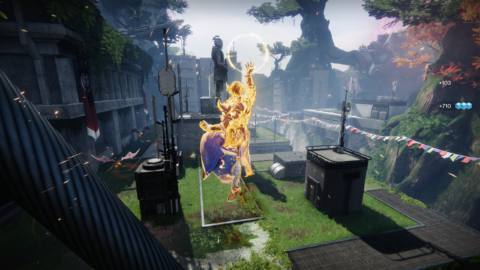
The sheer amount there is to do—the density of missions and loot and other distractions—is testament to how good The Final Shape has been. I'll say it bluntly: This is the best Destiny expansion since The Taken King.
It wouldn't have mattered if the campaign had been a let down. Given The Final Shape's role as the end of a decade-long saga, the pressure was on to deliver—to create something that justifies the time that its players have put in across the 10 years of the series' life. Finally, we're heading inside the Traveler itself—getting a chance to uncover some of the mysteries at the heart of the giant orb of space magic that defines Destiny's setting. It's an ethereal place, full of symbolism and memory—a decision that manifests in the return of some memorable locations.
The nostalgia is rich but, aside from the return of the original Tower, it all feels like it's in service of the story being told. The first missions are a riff on the Destiny 2 campaign—tracking down the Vanguard leaders and putting the band back together. And it becomes clear that it's their memories, as well as yours, that are defining the space. Crow's attachment to the Dreaming City. Zavala's pain over his lost wife and son.
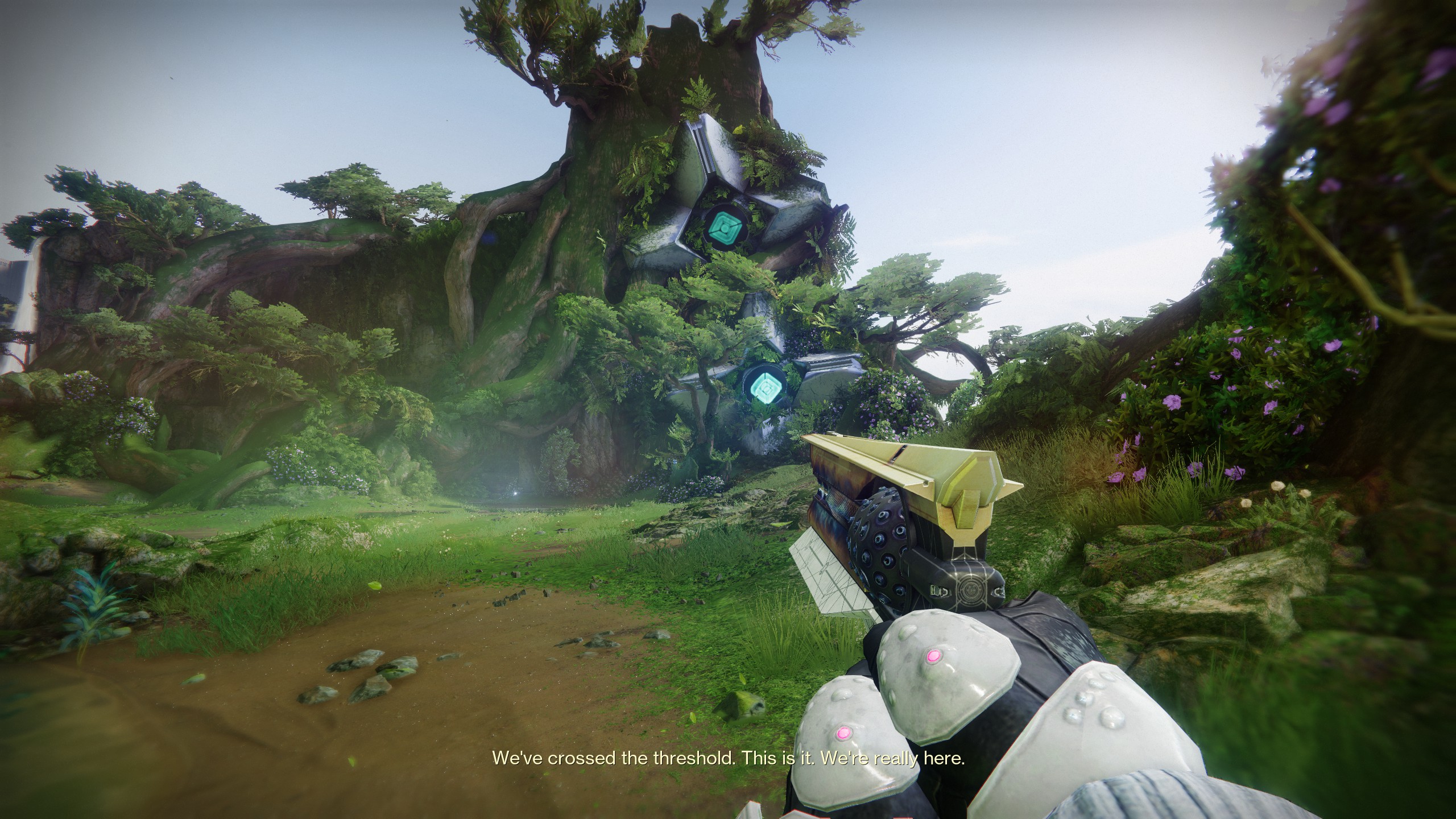
The Witness is here too, corrupting those spaces—trying to tempt and manipulate each of your team. We find Zavala in the memory of the cottage where he once raised a family, now a battlezone full of Fallen and Dread. From the chimney of the cottage, thick smoke pours out taking the form of The Witness's heads. There's always a danger that mystical, unreal spaces devolve into something meaninglessly abstract, but the Pale Heart mostly holds up to scrutiny. It feels like there are rules defining why things are allowed to exist here, giving some meaning to the story as it plays out. And it means that, when you do encounter something familiar—a location, a mechanic, an enemy—it feels like a fun nod to the past rather than a tiresome retread.
The feeling of a journey—of the finality of your destination—gives some necessary stakes.
Even the return of Cayde has more bite than you might initially expect. It's in the character's nature to hide behind jokes and banter, but there's a weight to him here that makes him a compelling presence beyond the comic relief.
There's a satisfying sense of progression, too. The campaign is entirely linear. You can't explore the Pale Heart freely until you've finished. Instead, when a mission is over, you're dropped into a campsite set up at that location—a space for your allies to discuss (or bicker over) current events and next objectives. And then it's on to the next space, pushing forward towards The Witness's spire. It's a big improvement from previous campaigns, which at their worst can feel like a meandering tour through destinations—spinning wheels to fill time ahead of the final confrontation. Here, you can see the castle you're progressing towards. The feeling of a journey—of the finality of your destination—gives some necessary stakes.
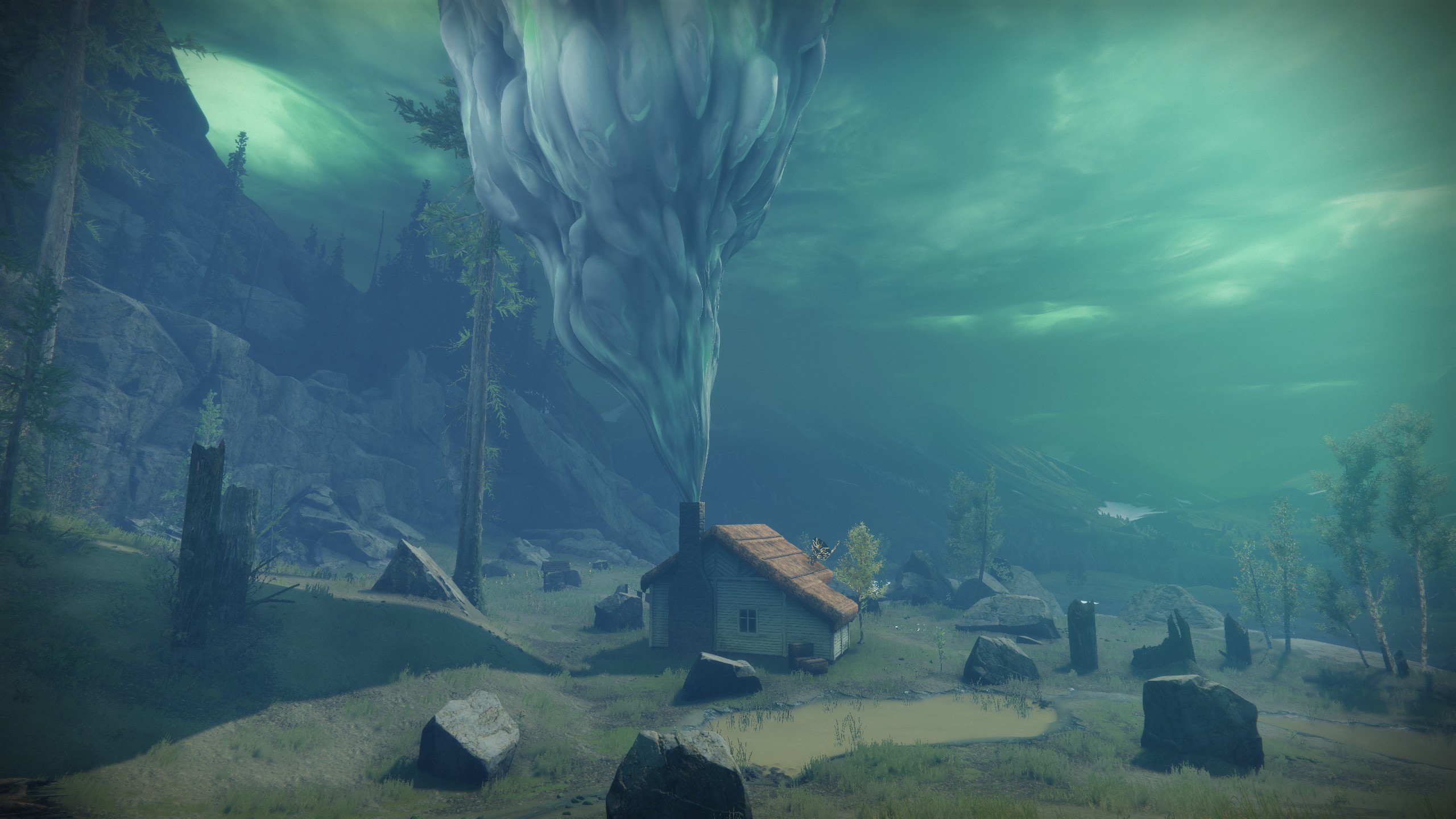
In its couple of appearances in previous expansions, The Witness has until now been a somewhat abstract presence. A gestalt entity empowered by Darkness, whose end-of-the-universe plan involves freezing all reality into a perfect, ordered state. The nature of the final shape as a threat makes for an arresting aesthetic that becomes more prominent as you approach The Witness itself. The final few missions do a great job at setting the tone—eerie and ominous and alien. The Witness itself becomes more interesting, as its failings and flaws become more apparent.
When Lightfall's story arrived in such bad shape, I assumed it was because Bungie was trying to fit in more plot than a Destiny 2 campaign could handle. But while The Final Shape is more focused, it's trying to do just as much—if not more—and largely succeeding. Temptations, doubts, a Guardian's relationship with their Ghosts and with each other, the big metaphysical stuff about Light and Darkness and the meaning to be found in each. There's a lot going on here. It doesn't all work perfectly—Zavala's character progression in particular feels rushed, the Vanguard descending into argument and infighting just a couple of beats too soon. Mostly, though, the big story moments are given enough room to land.
After the seventh mission—the traditional ending of the campaign—I was satisfied, thinking Bungie had made something that at least rivalled The Witch Queen. But the real ending unlocked later, after the world first completion of the Salvation's Edge raid. A new 12-player activity—a first for Destiny 2—unlocks the final fight of this story, and the cutscenes that followed it felt like a true payoff to 10 years of Destiny. Here the focus is purely on the characters that have followed you across this journey—it's masterful stuff.
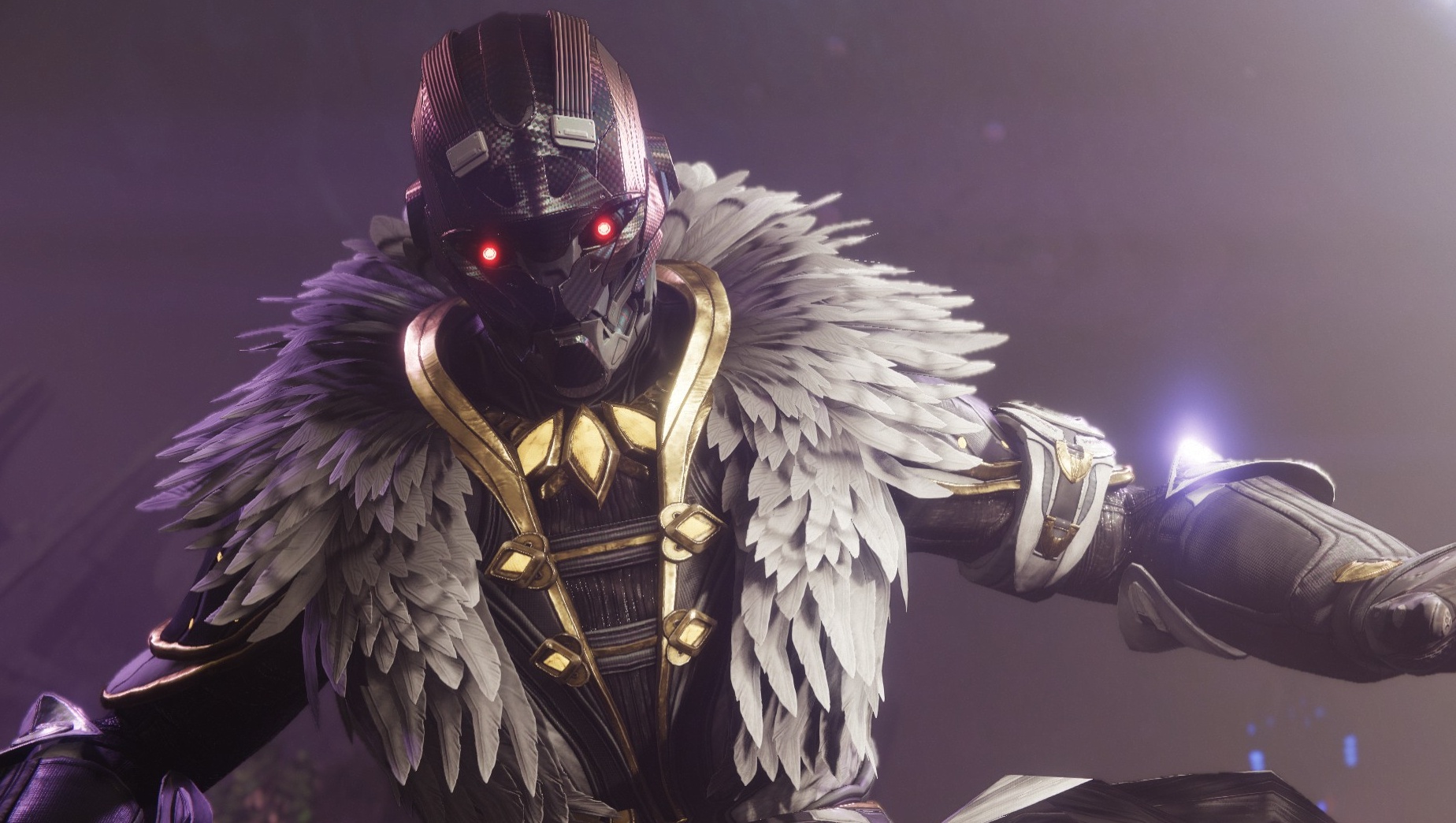
As for the missions themselves, there are a handful of particularly memorable encounters and boss fights. The early campaign is relatively easy going, even on legendary difficulty. But the challenge ramps up as you approach The Witness, and find yourself facing larger numbers of Tormentors and Subjugators—the heavy hitters of the new Dread faction.
A new enemy type makes a massive difference to how fights play out. I've been playing Destiny 2 for long enough that target prioritisation is second nature, so adding a new element to the mix makes for some fresh and unexpected challenges. Their presence is particularly dramatic in the new raid—possibly one of the best Bungie has made to date. The time pressure and mechanical complexity already make for a challenging set of encounters, one my clan has been slowly working through over the last couple of weeks. But the Dread's focus on crowd control is the perfect foil—an extra stressor that all but guarantees forced errors and moments of panic. They're complete bastards, but that's exactly what makes them such a great addition to the game.
It's not just the new faction that adds some extra spice to the moment-to-moment play. Throughout The Final Shape, there's a much greater emphasis on puzzles. The missions themselves frequently borrow from previous raids and dungeons, using glyphs, motes and other mechanics in a more simple, direct form.
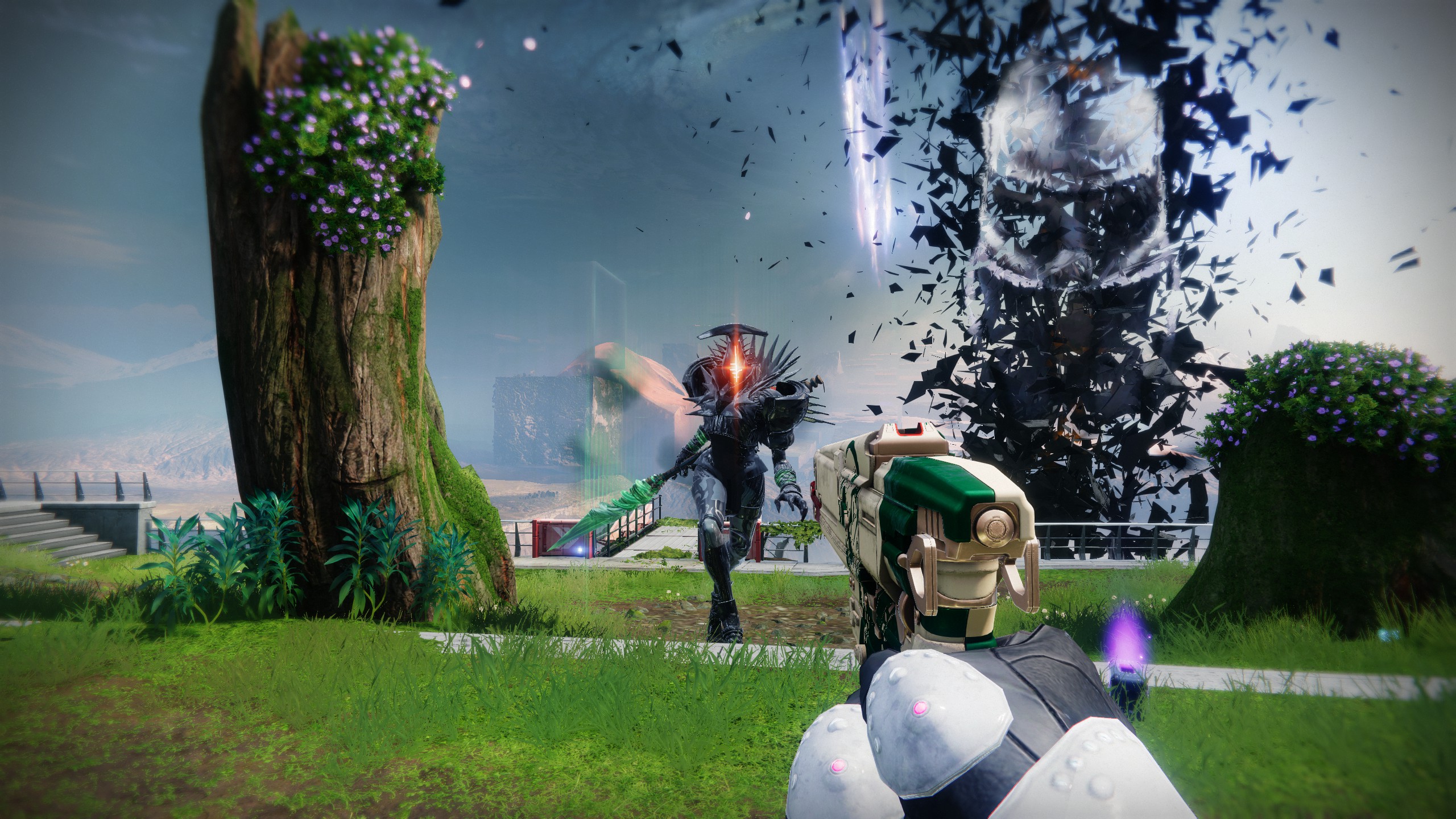
Whereas a mission in Lightfall might ask you to follow the objective marker into a sideroom to destroy the macguffin that was blocking your abilities, The Final Shape draws on the language of the game's past to lead you in the right direction without outright telling you what to do. If some Taken blights spawn, destroy them. That might open a portal that takes you to the side room with a miniboss that, when it's dead, shows a glyph. Head back to the main arena, pick up the shard that displays the matching glyph and viola, you've removed the main boss's shield. On a practical level the mechanics are often just a way to stop me using a Bait & Switch grenade launcher to insta-nuke the boss and quickly end the encounter. But they also provide a natural flow that makes working through the process feel satisfying.
The Dread’s focus on crowd control is the perfect foil—an extra stressor that all but guarantees forced errors.
Combat is also refreshed thanks to some new sandbox features. The new Prismatic subclass is the major addition for this release. Rather than add a completely new element, it lets you mix and match parts of existing subclasses. An Arc grenade with a Strand melee. A Solar aspect to complement your Stasis super. Each class gets one grenade, super, melee and aspect from each of their subclasses, and so the limitations of Prismatic are defined by what isn't part of the kit. Titans don't get access to Banner of War. Warlocks can't use Well of Radiance. That's probably for the best—it keeps the elemental subclasses viable through their specific focus and synergies. But even with that in mind, some strong Prismatic builds have emerged.
On Warlock—the class I've used in most of my playtime so far—you can lean hard into buddies, using Getaway Artist to spawn an Arc Soul and the Hellion fragment to create a Solar orb that lobs mortar fire at anything in sight. It's a fun little combo with absurd ability regeneration potential. But even with the extra power offered by Prismatic, and particularly Transcendence—which acts like a mini-super, letting you chuck empowered grenades that are specific to each class—I'm still finding plenty of playtime on older subclasses.
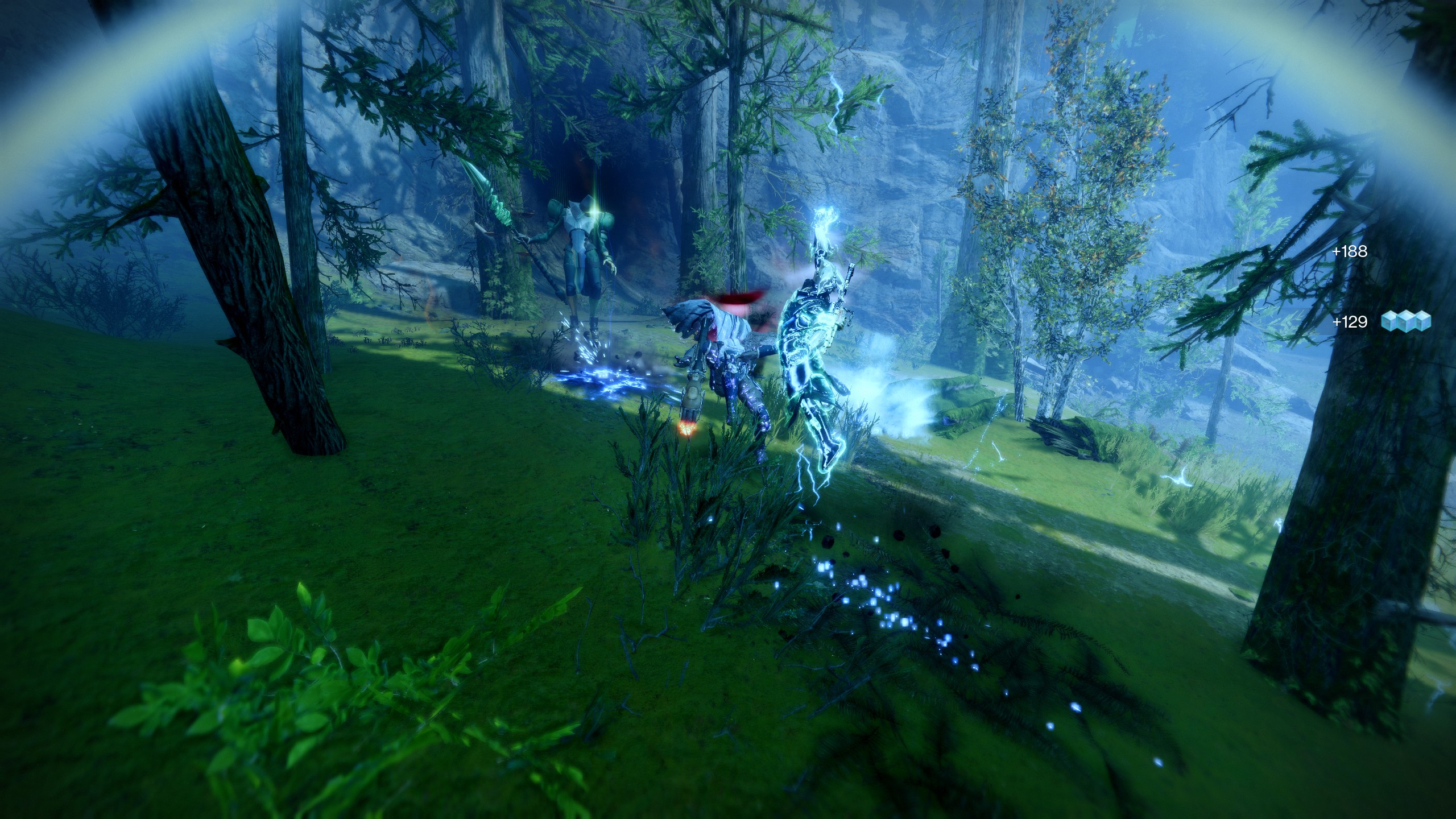
On the Hunter and Titan front, plenty of strong Prismatic builds have emerged too—even if the community reaction to the Titan kit seems less enthusiastic right now. Overall, Prismatic isn't the big shake-up of a brand new elemental subclass—like Strand in Lightfall or Stasis in Beyond Light—but it works well as an avenue for more advanced and varied buildcrafting. So far my experience with Prismatic has been one of experimentation, swapping out specific elements to see if it better fits my play style, rather than simply sticking to the strongest synergies.
If the campaign is a triumph, it's what you'll do after it's finished that cements The Final Shape's staying power. There's plenty of post-campaign missions to tackle, but more important is that the Pale Heart as a destination is less disposable than the patrol zones of past expansions. The new destination activity, Overthrow, is a blast. Here you're dropped into an area, and left free to progress through its multiple stages of completion however you want. Enemies killed, chests spawned, events completed—all add points to the board, and once the required total is met, you move to the next stage. At the end, a boss fight and a decent chunk of loot.
As a basic activity it has a nice cadence, helped by the fact that enemy difficulty has been toned down from Lightfall's destination, Neomuna. And it gels well with other pursuits throughout the Pale Heart. The map is constantly filling up with things to do—lost Ghosts to hunt down, weird secrets to find, and Pathfinder objectives to complete. The latter is The Final Shape's replacement for bounties. It's a series of basic objectives—usually killing a number of enemies with a specific element, weapon type or in a particular location—that you complete to build a path towards its major reward. Once you've claimed your prize, you reset your path and start again. It's pretty basic stuff, but having a constant tick of XP and rewards without needing to pay attention is a nice little bonus.
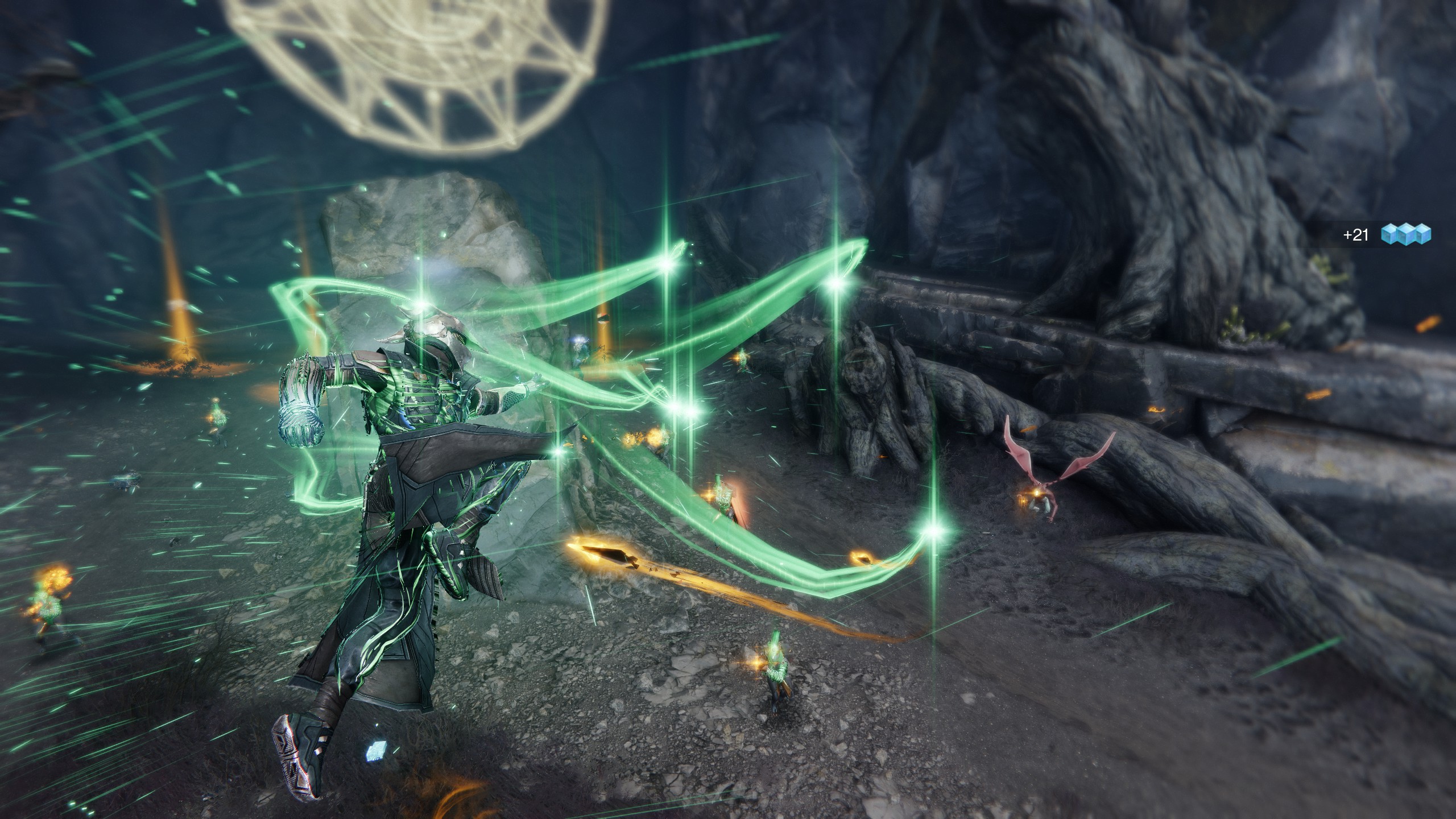
Pathfinder has also replaced the bounties of the ritual activity vendors for Strikes, Crucible and Gambit. This has proved a more controversial change, in part because the ritual Pathfinder is combined across all three activity types. If you're not a PvP player, you'll sometimes find yourself unable to progress to the final reward without venturing into the Crucible, and vice versa. And for the type of player that obsessively completed bounties in pursuit of Bright Dust—the free currency used in the Eververse cosmetic shop—it's a straight downgrade in what they could earn. Personally, though, as someone who'd long stopped interacting with the bounty system, the system is a marginal improvement—a way to get some rewards without having to interrupt what I was doing, load into the Tower and pick up a bunch of extra objectives I didn't want to do. Now at least I'll accidentally complete a few, and get some free XP because of it.
When Destiny 2 is firing on all cylinders, there’s really nothing else like it.
The main success of the Pale Heart is that its loot is worth pursuing. Previously, destination weapons have been underwhelming, with poor stat distributions and mediocre perks. But the new expansion's arsenal is full of desirable new guns, including brand new frame archetypes that offer some obvious avenues to expand our arsenals in future. On my personal wishlist are crafted versions of the new support-focused auto-rifle, that heals teammates when you hipfire at them, and the Strand rocket-assisted sidearm that has barely left my kinetic slot since RNG blessed me with a Demolitionist and Hatchling roll—ideal for spamming threadlings absolutely everywhere on Strand.
A week after the launch of The Final Shape, the first episode—this year's replacement for seasons—arrived. With it, even more interesting weapons were added to the sandbox, including a new grenade launcher archetype that acts as a legendary version of Witherhoard. I've barely touched the episode so far—I've still got too much to do in the Pale Heart—but based on what I've seen I'm not blown away by its structure. Right now, it feels like any other season—a series of story beats, unfolding week-by-week, with a couple of activities to pass the time. How it'll progress over the coming weeks and subsequent acts will be a big test of how Year 7 will feel, and whether the switch from four seasons to three episodes makes for a justifiably meaningful improvement.
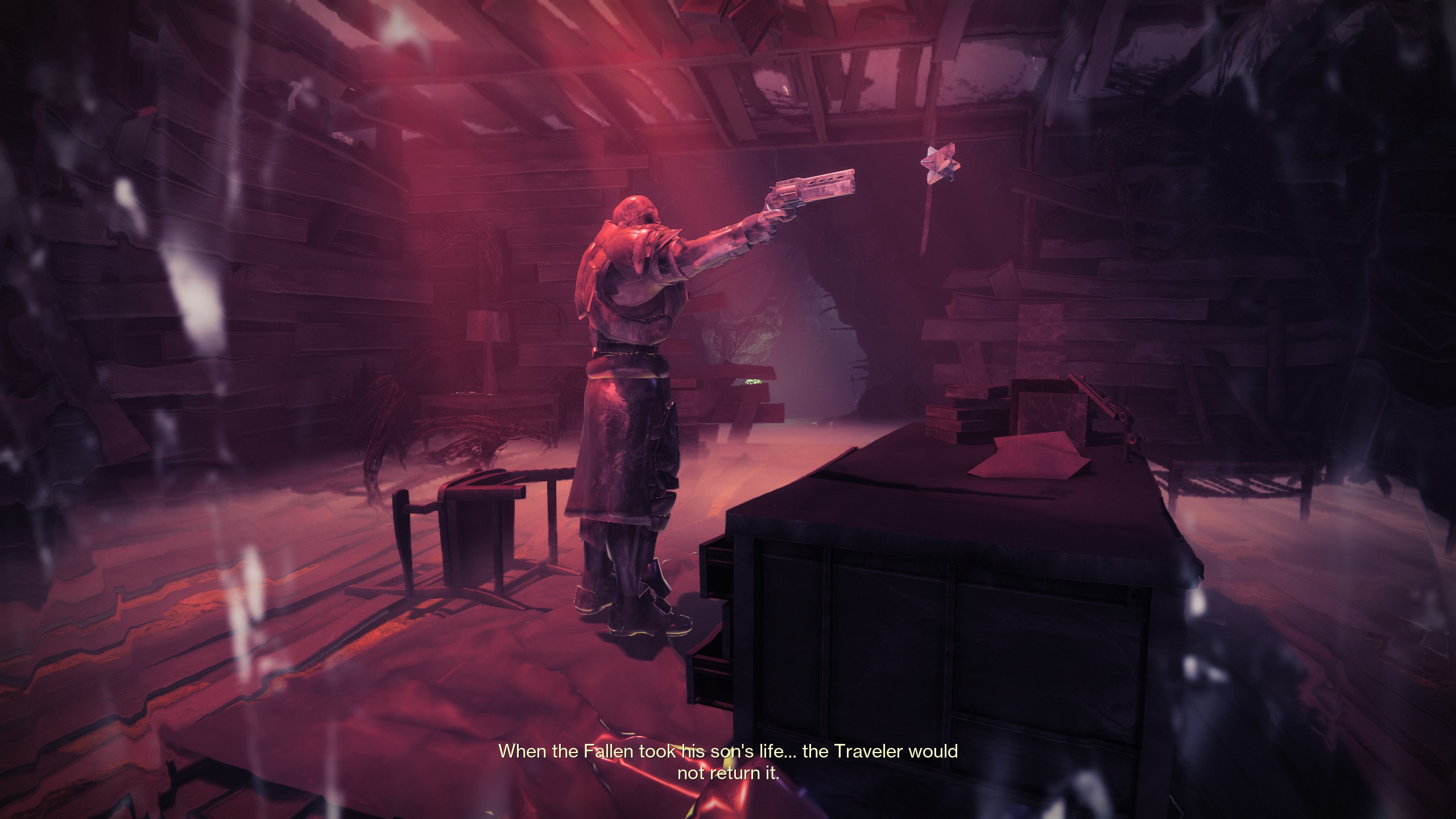
It's no secret that Bungie has had a difficult year. Following Lightfall's disappointing release, the studio was hit by lay-offs—with many key figures being let go. Numerous reports surfaced about tensions between employees and management, with much of the blame for the game's most controversial design decisions being placed at the studio management's feet. That Bungie's development team created an expansion this good out of that chaos is nothing short of miraculous, but now that it has it feels crucial that Bungie as a studio listens to the community's reaction. This is the path forward—the version of a Destiny 2 expansion that delivers what its most dedicated players want. It's the expansion all future expansions should aspire to be.
When Destiny 2 is firing on all cylinders, there's really nothing else like it. No other studio is creating a live-service shooter with this kind of scale, with this much attention paid to story and encounter design and puzzles and secrets. It's a game that has to live with its mistakes—alienating for new players, off putting to those still appalled at the decision made years ago to remove its oldest campaigns and raids—while still forging a path into the future. The Final Shape doesn't fix all of Destiny 2's problems, and it doesn't guarantee that the future will be bright. But here, now, in the moment, it feels triumphant—a celebration of the decade that's come before, and a welcome reward for those of us who've chosen to give it our time.


